Filter by
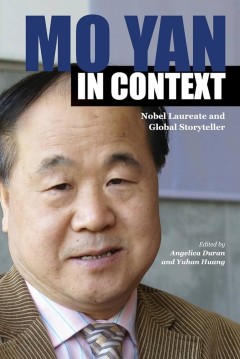
Mo Yan in Context : Nobel Laureate and Global Storyteller
This is the first English-language study of the Chinese writer’s work and influence, featuring essays from scholars in a range of disciplines, from both China and the United States. Its introduction, twelve articles, and epilogue aim to deepen and widen critical discussions of both a specific literary author and the globalization of Chinese literature more generally.The book takes the â…
- Edition
- -
- ISBN/ISSN
- 9781612493435
- Collation
- -
- Series Title
- Comparative Cultural Studies
- Call Number
- 800 DUR m
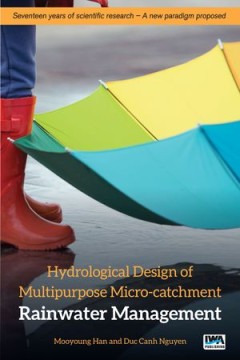
Writing Pirates: Vernacular Fiction and Oceans in Late Ming China
In Writing Pirates, Yuanfei Wang connects Chinese literary production to emerging discourses of pirates and the sea. In the late Ming dynasty, so-called “Japanese pirates” raided southeast coastal China. Hideyoshi invaded Korea. Europeans sailed for overseas territories, and Chinese maritime merchants and emigrants founded diaspora communities in Southeast Asia. Travel writings, histories, …
- Edition
- -
- ISBN/ISSN
- 9780472902484
- Collation
- -
- Series Title
- -
- Call Number
- -
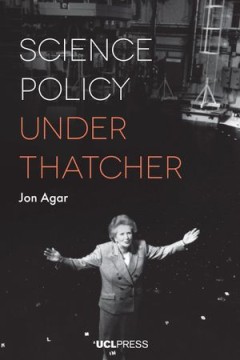
A World of Nourishment
Today as in the past, perhaps no other great culture of humankind is so markedly characterised by traditions in the field of nutrition as that of South Asia. In India food has served to express religious values, philosophical positions or material power, and between norms and narration Indian literature has dedicated ample space to the subject, presenting a broad range of diverse or variously a…
- Edition
- -
- ISBN/ISSN
- 9788867055432
- Collation
- -
- Series Title
- -
- Call Number
- -
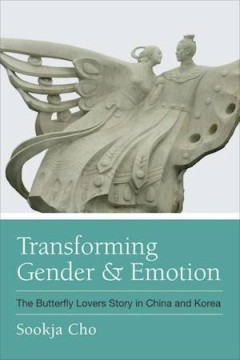
Transforming Gender and Emotion: The Butterfly Lovers Story in China and Korea
Often called China's "Romeo and Juliet", the story of the Butterfly Lovers (the tale of Liang Shanbo and Zhu Yingtai, or the Liang-Zhu story) is one of the most famous folk stories in traditional China. With its origins dating back to the fourth century, it has spread and evolved across genres, country, religion, and culture. Transforming Gender and Emotion examines how this story has successfu…
- Edition
- -
- ISBN/ISSN
- 9780472130634
- Collation
- -
- Series Title
- -
- Call Number
- -
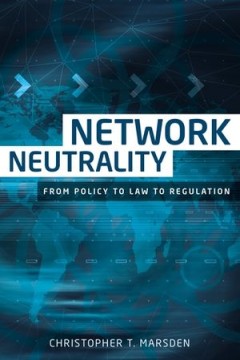
Reading Contemporary Indonesian Muslim Women Writers: Representation, Identit…
Most literary analysis of the canon of Indonesian literature overlooks its religious aspect. This book is the first to discuss the construction of gender and Islamic identities in literary writing by four prominent Indonesian Muslim women writers: Titis Basino P I, Ratna Indraswari Ibrahim, Abidah El Kalieqy and Helvy Tiana Rosa. The narratives of the four writers are rich sources for revealing…
- Edition
- -
- ISBN/ISSN
- 9789089640895
- Collation
- -
- Series Title
- -
- Call Number
- -
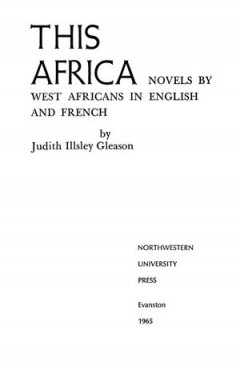
Bringing the World Home: Appropriating the West in Late Qing and Early Republ…
Bringing the World Home sheds new light on China's vibrant cultural life between 1895 and 1919— a crucial period that marks a watershed between the conservative old regime and the ostensibly iconoclastic New Culture of the 1920s. Although generally overlooked in the effort to understand modern Chinese history, the era has much to teach us about cultural accommodation and is characterized by i…
- Edition
- -
- ISBN/ISSN
- 9780824828387
- Collation
- -
- Series Title
- -
- Call Number
- -
 Computer Science, Information & General Works
Computer Science, Information & General Works  Philosophy & Psychology
Philosophy & Psychology  Religion
Religion  Social Sciences
Social Sciences  Language
Language  Pure Science
Pure Science  Applied Sciences
Applied Sciences  Art & Recreation
Art & Recreation  Literature
Literature  History & Geography
History & Geography